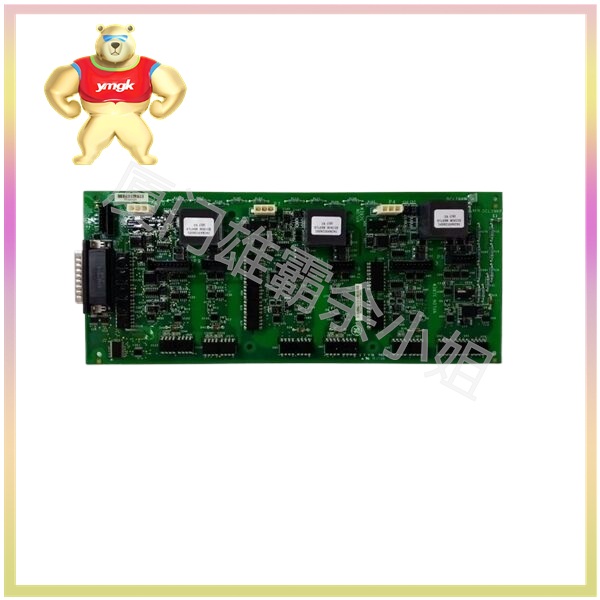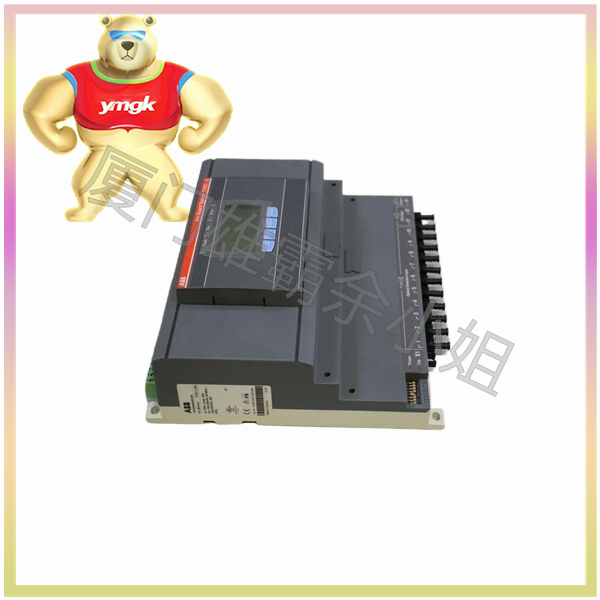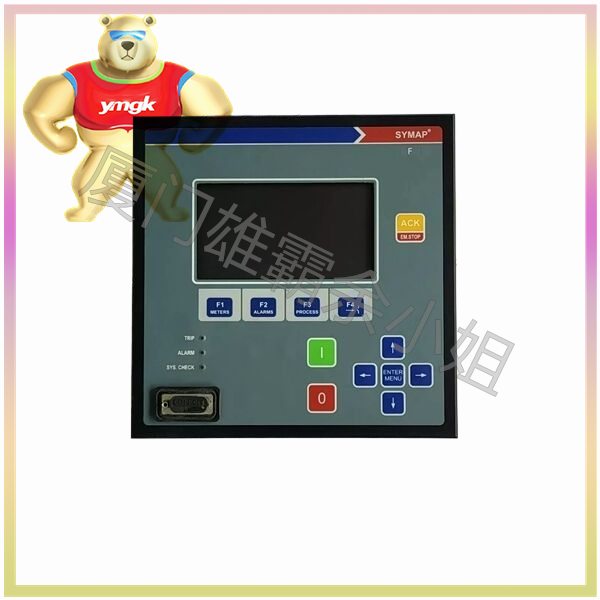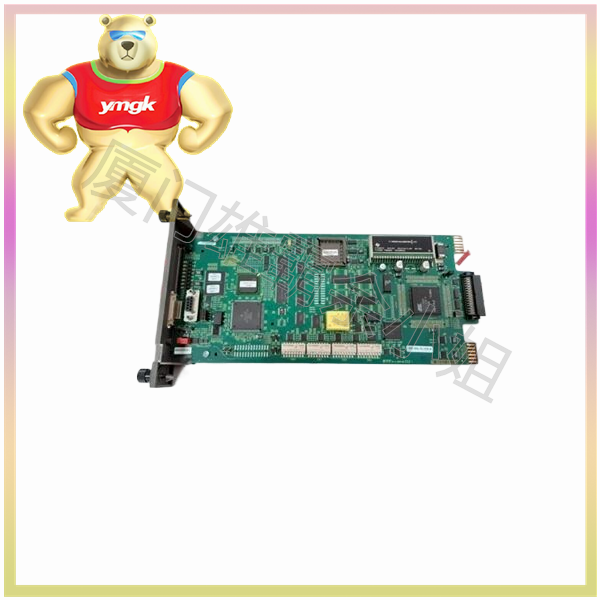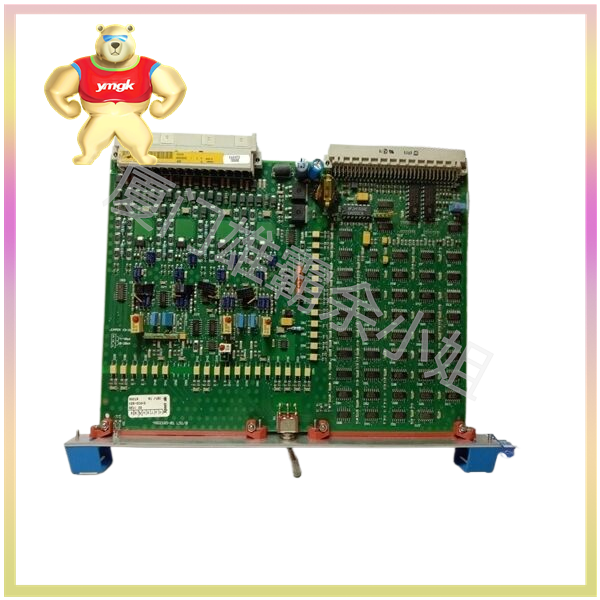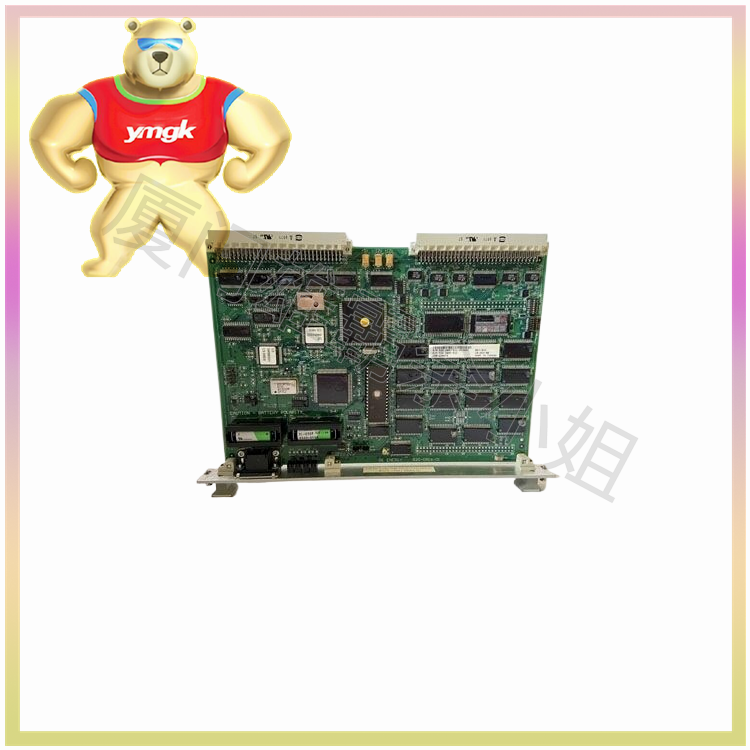The basic principle of PLC controlled servo drive
The basic principle of PLC controlled servo drive is to write corresponding control programs to send control signals to the servo drive, thereby achieving precise control of the servo motor. Specifically, PLC receives external input signals (such as buttons, sensors, etc.) and outputs corresponding control signals to servo drivers according to preset control logic. The servo drivers then control the operation of servo motors based on these signals, such as position, speed, acceleration, etc.
3、 The main methods of PLC controlled servo drives
There are three main ways in which PLC controls servo drives: torque control, position control, and speed control.
Torque control
The torque control method is to set the output torque of the motor shaft to the outside through external analog input or direct address assignment. Specifically, PLC can send torque set values to servo drivers through analog output modules, and servo drivers control the output torque of servo motors based on these set values. The torque control method is suitable for situations that require precise control of output torque, such as material handling, tension control, etc.
position control
The position control mode generally determines the speed of rotation by the frequency of external input pulses, and determines the angle of rotation by the number of pulses. PLC can send pulse signals to servo drivers through high-speed pulse output modules, and servo drivers control the position and speed of servo motors based on these signals. The position control mode is suitable for situations that require precise positioning and speed control, such as machine tool processing, robot control, etc.
speed control
The speed control mode controls the rotational speed through analog input or pulse frequency. PLC can send speed setting values to servo drivers through analog output modules or high-speed pulse output modules, and servo drivers control the operating speed of servo motors based on this setting value. The speed control mode is suitable for situations that require continuous speed adjustment, such as conveyor belts, mixers, etc.
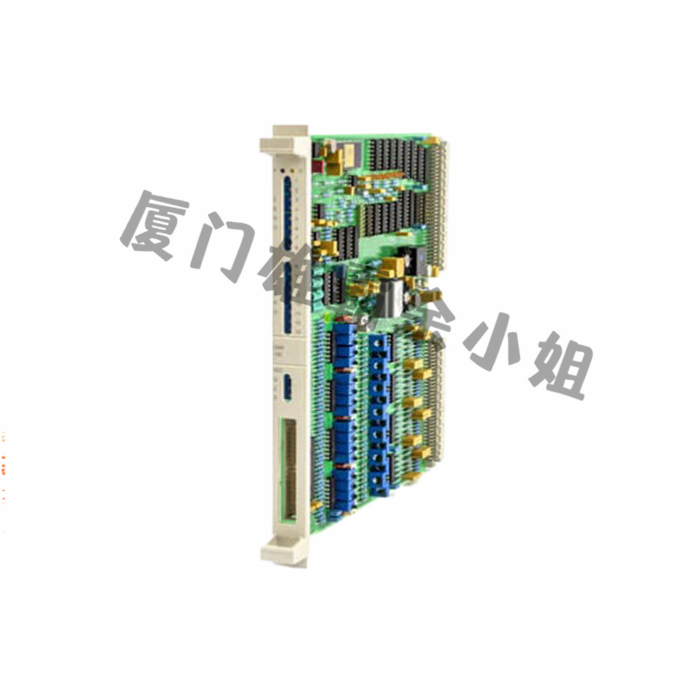
4、 Implementation steps of PLC controlled servo drive
Determine control requirements
Firstly, it is necessary to clarify the specific requirements of the servo drive that needs to be controlled, such as position, speed, acceleration, etc. This is the basis for selecting suitable PLCs and servo drives.
Choose the appropriate PLC and servo drive
Select appropriate PLC and servo drives based on control requirements to ensure compatibility and performance matching between devices.
Write PLC control program
Write PLC control programs based on control requirements and hardware equipment. The program needs to include input signal processing, control logic judgment, output signal control, and other related content. At the same time, corresponding communication and control instructions need to be written based on the communication protocol and control mode of the servo drive.
Build hardware connections
Build hardware connections based on the connection method and communication protocol between PLC and servo drive. This includes power connections, signal line connections, communication line connections, etc.
Debugging and testing
After setting up the hardware connections, it is necessary to debug and test the PLC control program. Verify the correctness and reliability of the control program through simulated input signals or actual operational testing. At the same time, it is necessary to monitor and adjust the operating status of the servo drive to ensure precise control of the servo motor.

